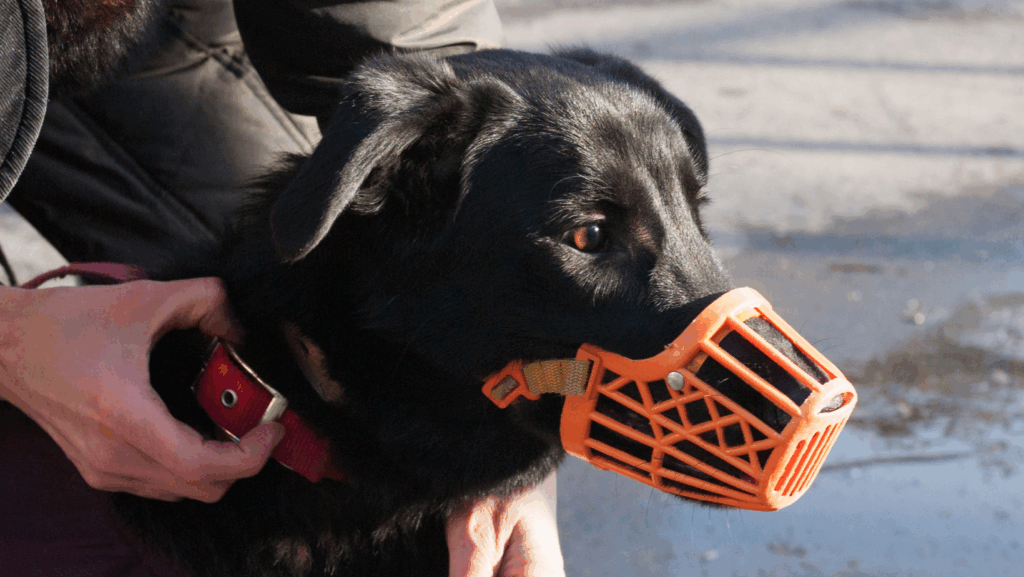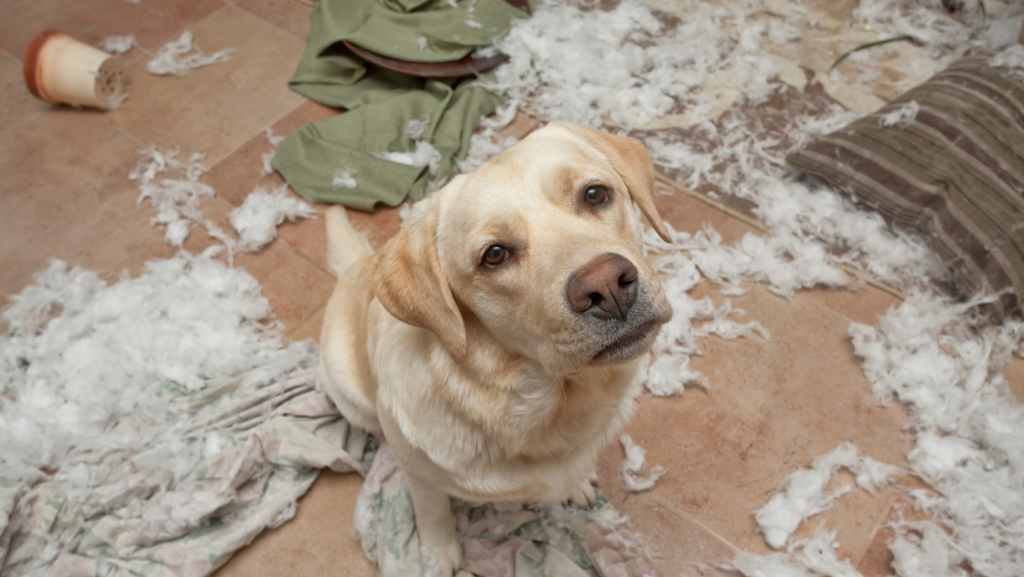Good question!
Puppies from eight to 15 weeks of age sleep roughly 18 hours a day. If your puppy’s bad behavior escalates, i.e. nipping, barking or being aggressive, they are probably tired. Please put them in their crate.
So when exactly should I put them in their crate?
- When they sleep at night
- If you are not training, playing, or pottying them
- When you leave the house for work, or to run errands
- Any time you are not able to closely monitor them
Puppies are the equivalent of babies or very young toddlers. Crating them is for their own safety and protection. A lot of puppies eat things they shouldn’t, potty where they shouldn’t, or destroy carpets and other valuable items. So please crate them.
If you struggle with the concept of crating your puppy refer to my article here.
For questions, feel free to contact me. Thanks and have a great rest of your day!





